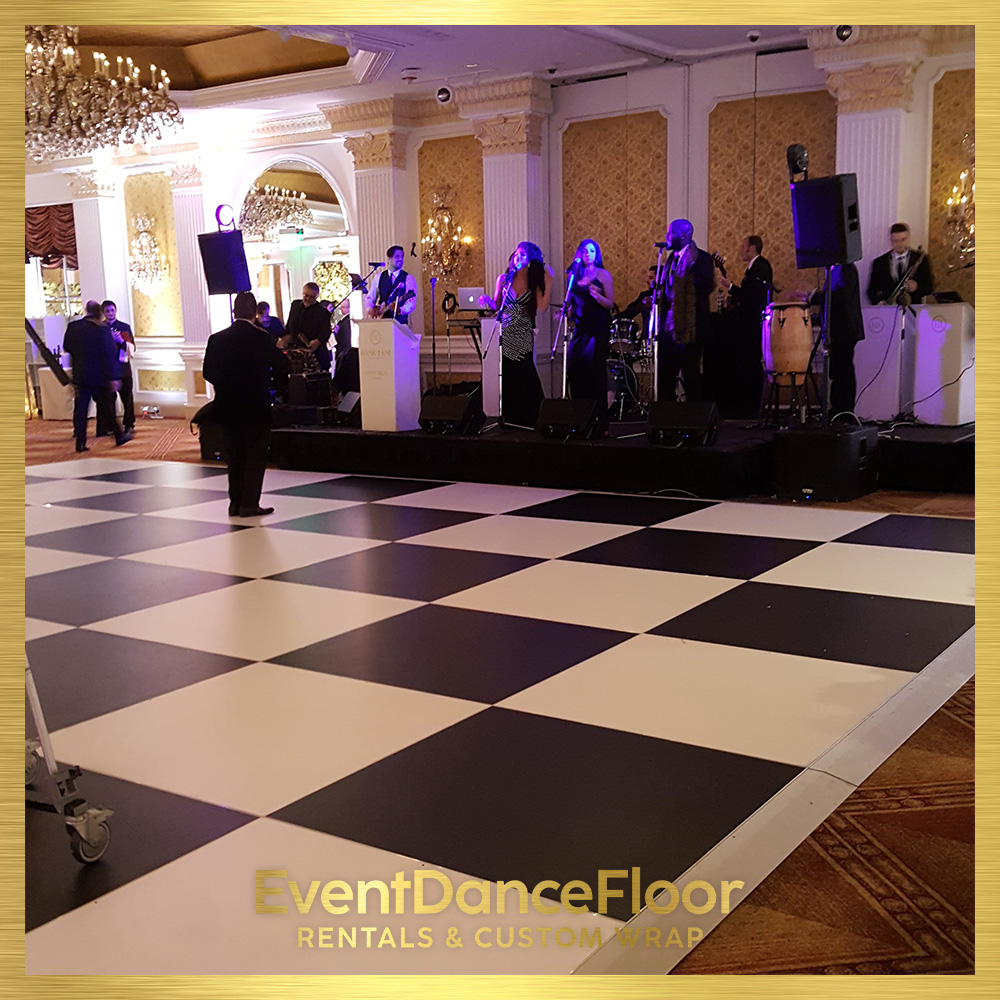Frequently Asked Questions
To ensure the durability of LED panels on dance floors for high foot traffic during large-scale concerts, manufacturers must focus on several key factors. The panels should be constructed with robust materials such as tempered glass or polycarbonate to withstand heavy loads and impacts. Reinforced aluminum or steel frames can provide additional structural integrity. The LED modules should be sealed with waterproof and dustproof coatings, adhering to IP65 or higher standards, to prevent damage from spills or environmental factors. Anti-slip surfaces are crucial to prevent accidents and enhance safety. The panels should feature a modular design for easy maintenance and quick replacement of damaged sections. Advanced thermal management systems, such as heat sinks and efficient ventilation, are essential to prevent overheating and ensure consistent performance. Additionally, the integration of shock-absorbing layers can mitigate vibrations and reduce stress on the electronic components. By incorporating these design elements, LED panels can maintain their functionality and visual appeal even under the demanding conditions of a concert environment.
The best methods for synchronizing LED dance floor lighting with live music performances involve utilizing DMX controllers, MIDI interfaces, and real-time audio analysis software. DMX controllers allow precise control over lighting fixtures, enabling seamless integration with the tempo and dynamics of the music. MIDI interfaces can be used to trigger lighting cues in sync with musical instruments, ensuring that each beat and note is visually represented. Real-time audio analysis software, such as Ableton Live or Lightjams, can analyze the audio spectrum and automatically adjust lighting patterns to match the rhythm, pitch, and intensity of the live performance. Additionally, timecode synchronization can be employed to ensure that pre-programmed lighting sequences align perfectly with the live setlist. By combining these technologies, lighting designers can create immersive and dynamic visual experiences that enhance the energy and atmosphere of live music events.
LED dance floors can be designed for quick installation and dismantling by incorporating modular panel systems that utilize lightweight, durable materials such as aluminum or polycarbonate. These panels can be equipped with quick-connect electrical and data connectors, allowing for seamless integration and rapid setup. The use of a plug-and-play design ensures that each panel can be easily connected to adjacent panels, reducing the need for complex wiring and minimizing setup time. Additionally, incorporating a wireless control system can eliminate the need for extensive cabling, further streamlining the installation process. To enhance portability, the panels can be designed with foldable or collapsible frames, and include protective cases for safe transportation. Anti-slip surfaces and adjustable leveling feet can ensure stability and safety on uneven event floors. By focusing on these design elements, LED dance floors can be efficiently installed and dismantled, making them ideal for large events with tight schedules.
To prevent overheating of LED dance floors in crowded concert environments, it is crucial to implement a comprehensive thermal management system that includes efficient heat dissipation mechanisms such as heat sinks and cooling fans. The integration of temperature sensors and thermal cut-off switches can provide real-time monitoring and automatic shutdown capabilities to prevent excessive heat buildup. Utilizing high-quality, low-heat-emission LED modules and ensuring proper spacing between LED panels can enhance airflow and reduce thermal stress. Additionally, the use of advanced materials with high thermal conductivity for the floor's construction can aid in heat dispersion. Regular maintenance checks and cleaning of ventilation systems are essential to ensure unobstructed airflow and optimal performance. Employing energy-efficient power supplies and dimming controls can further minimize heat generation, while strategically placing the dance floor away from other heat sources can help maintain a safe operating temperature.
To address power supply and energy efficiency concerns for extensive LED dance floor installations at concerts, it is crucial to implement advanced power management systems that optimize energy consumption while ensuring consistent performance. Utilizing high-efficiency LED modules with low thermal output can significantly reduce energy usage and heat dissipation, thereby enhancing the overall sustainability of the installation. Integrating smart control systems, such as DMX or Art-Net protocols, allows for precise regulation of brightness and color, minimizing unnecessary power draw during less demanding sequences. Additionally, employing power distribution units (PDUs) with real-time monitoring capabilities can help in identifying and mitigating potential overloads, ensuring a stable power supply throughout the event. Incorporating renewable energy sources, such as solar panels or portable wind turbines, can further offset the carbon footprint, while battery storage solutions provide backup power to maintain uninterrupted operation. By focusing on these strategies, concert organizers can achieve a balance between dynamic visual effects and responsible energy consumption.

